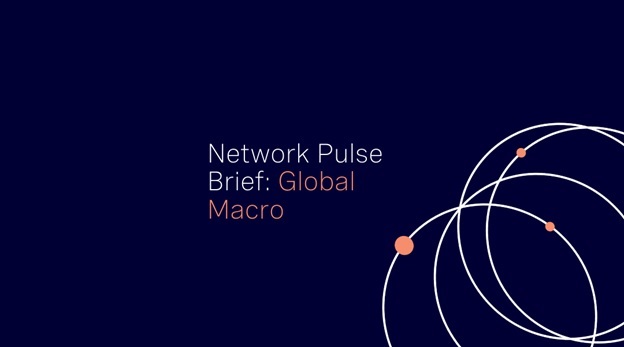What role does climate risk play in today’s inflation environment? What forms of future climate shocks are likely to limit the impact of traditional monetary policy tools?
PROFESSOR OF FINANCE & FORMER MONETARY POLICY ADVISOR TO GOVERNOR, RESERVE BANK OF NEW ZEALAND
Business surveys show firms are (or expect to) experiencing higher costs due to climate risk via raw material input, regulatory, general operating, technology/R&D, capital, and variation in product demand-related costs. While stimulatory policy and COVID supply constraints appear to be the main factors behind present inflationary pressures in major economies, the slow burn of increasing climate regulation and business factoring in the costs suggests inflation expectations may become unanchored over the next few years. Potential policy mistakes: monetary policy decision-making will be complex because of the difficulty in determining whether climate risks lead to second-round inflation effects in addition to climate-related high volatility in macroeconomic cycles.
FORMER SENIOR DIRECTOR FOR SUSTAINABLE DEVELOPMENT & CLIMATE, WORLD BANK
Climate shocks (especially high-intensity droughts) play a major role in food price crises. If a major series of droughts were to happen in 2022/2023, the inflation pressure on food prices (which is already high due to the Ukraine war) will skyrocket. Other climate shocks related to logistical value chains (especially along critical points such as the Panama or Suez canal) would add to the pressure. Traditional monetary policy tools are not as targeted as they could be to deal with climate shocks. A more targeted financial and monetary architecture (combining individual and state insurance, catastrophic bonds, reserve funds, etc.) and an open trade policy for food after climate shocks would be more appropriate.
FORMER ADVISOR TO EXECUTIVE BOARD OF GOVERNORS, CENTRAL BANK OF ARGENTINA
The implications of climate change for monetary policy have been less studied than its implications for financial stability and central bank supervision. Climate shocks could come in the form of supply shortages, extreme weather conditions, or natural catastrophes. Responses can be reactive (passive, such as balance sheet issues) or proactive (helping the transition to a low- carbon economy). It is difficult to identify whether climate shocks would be transitory or permanent, presenting a major challenge for monetary policy tools to address climate correctly. It can be said that countries pursuing interest rate-targeting regimes will face the greatest challenges in terms of monetary policy response, because they are required to scrutinize within the design of this particular framework, decide which definition of inflation and what type of index to use, and how to calibrate communication to the public.

